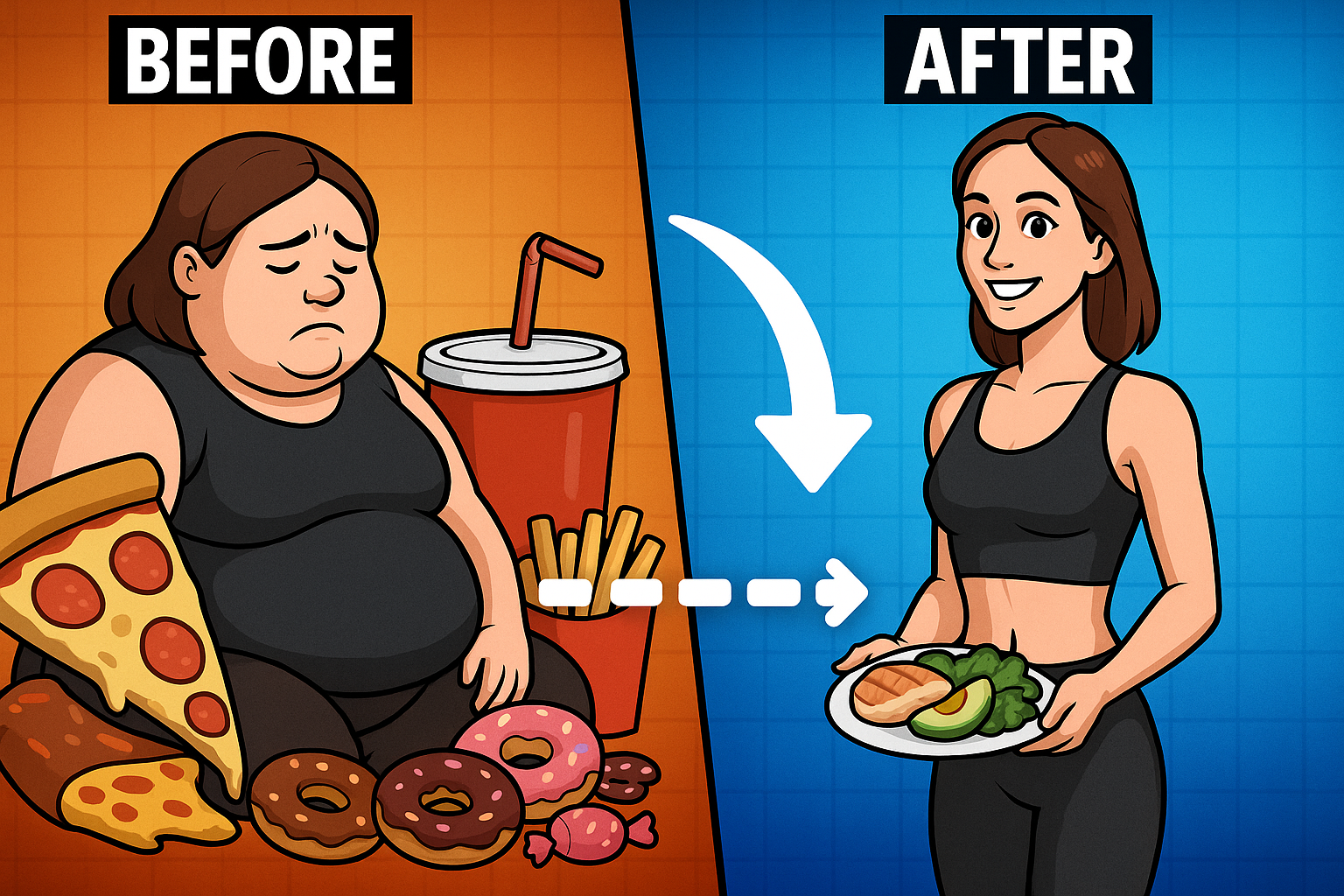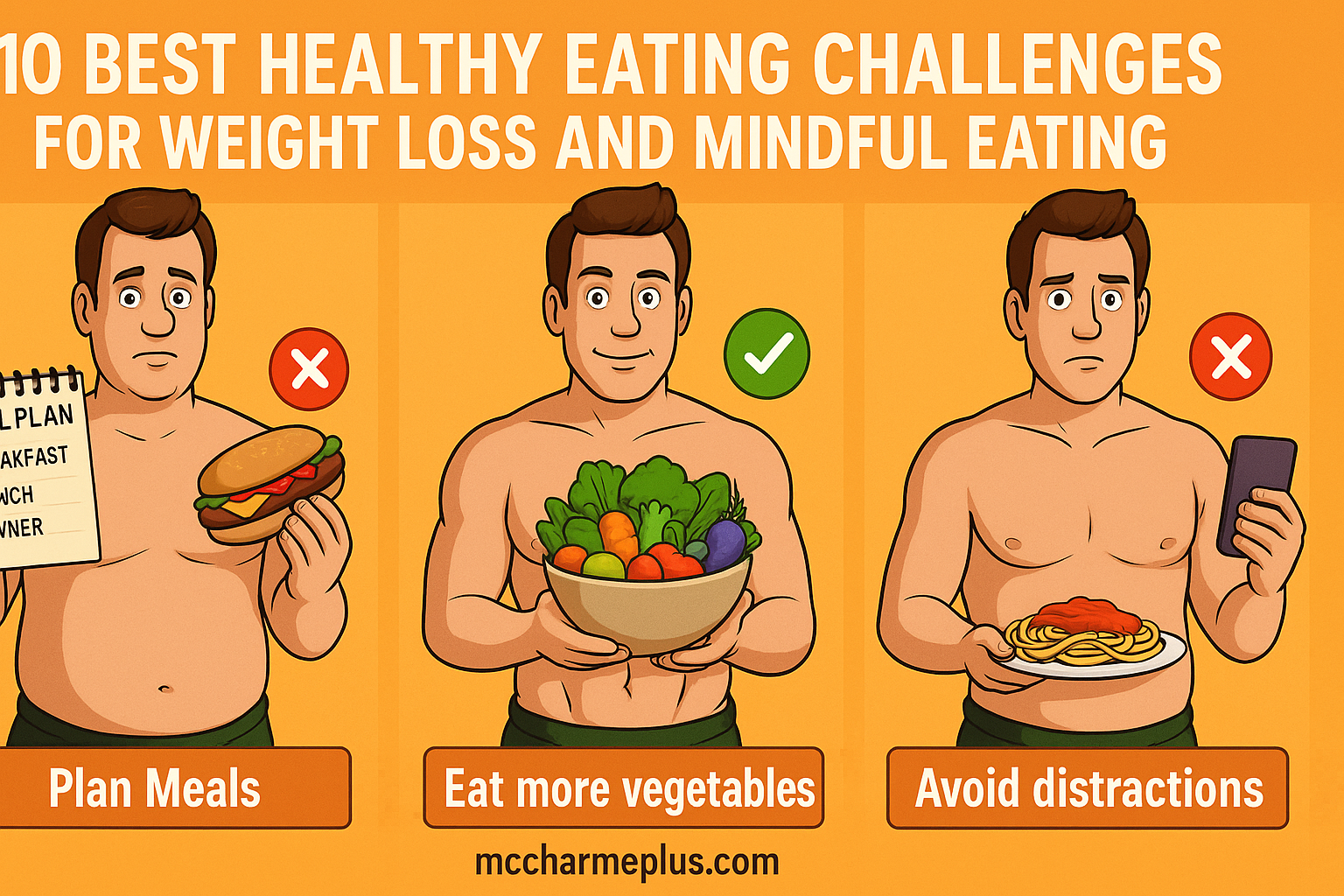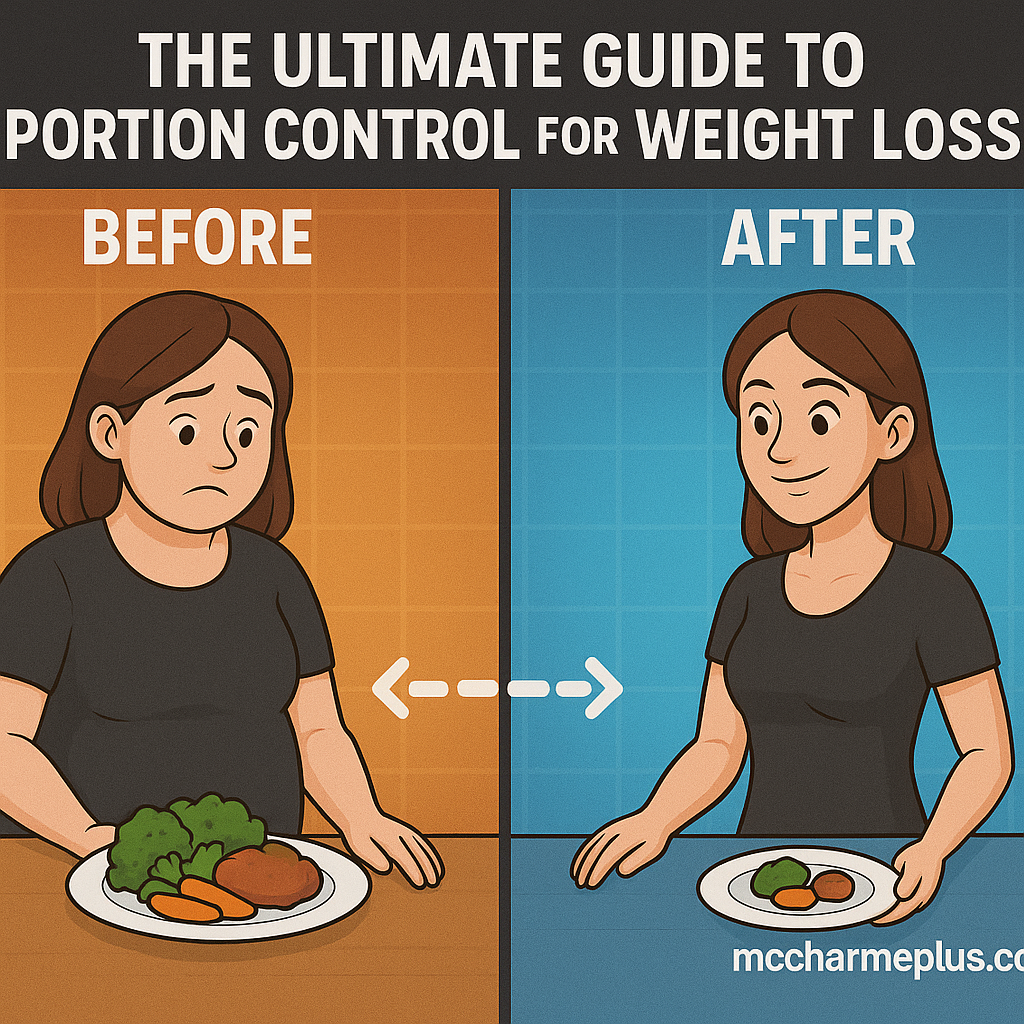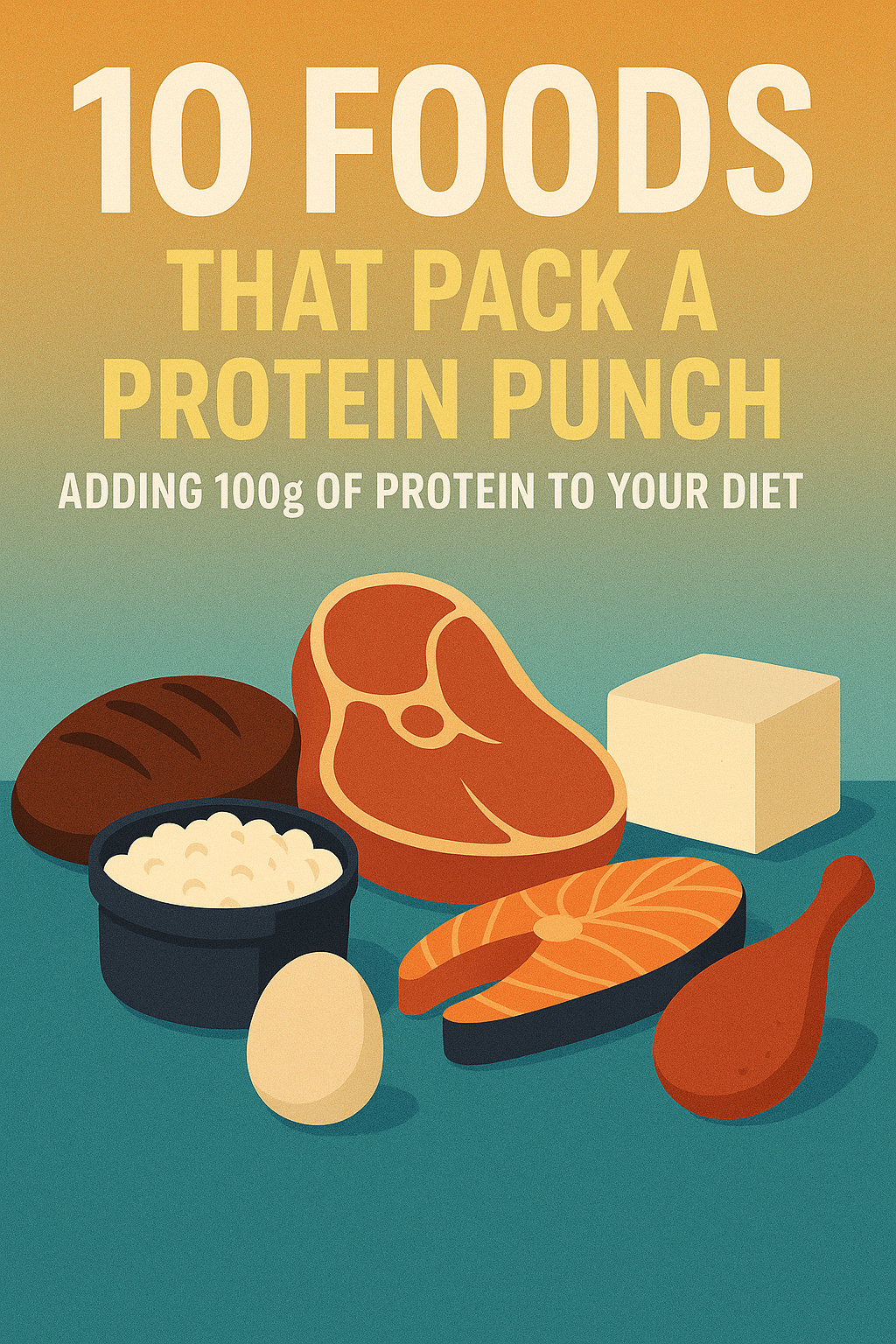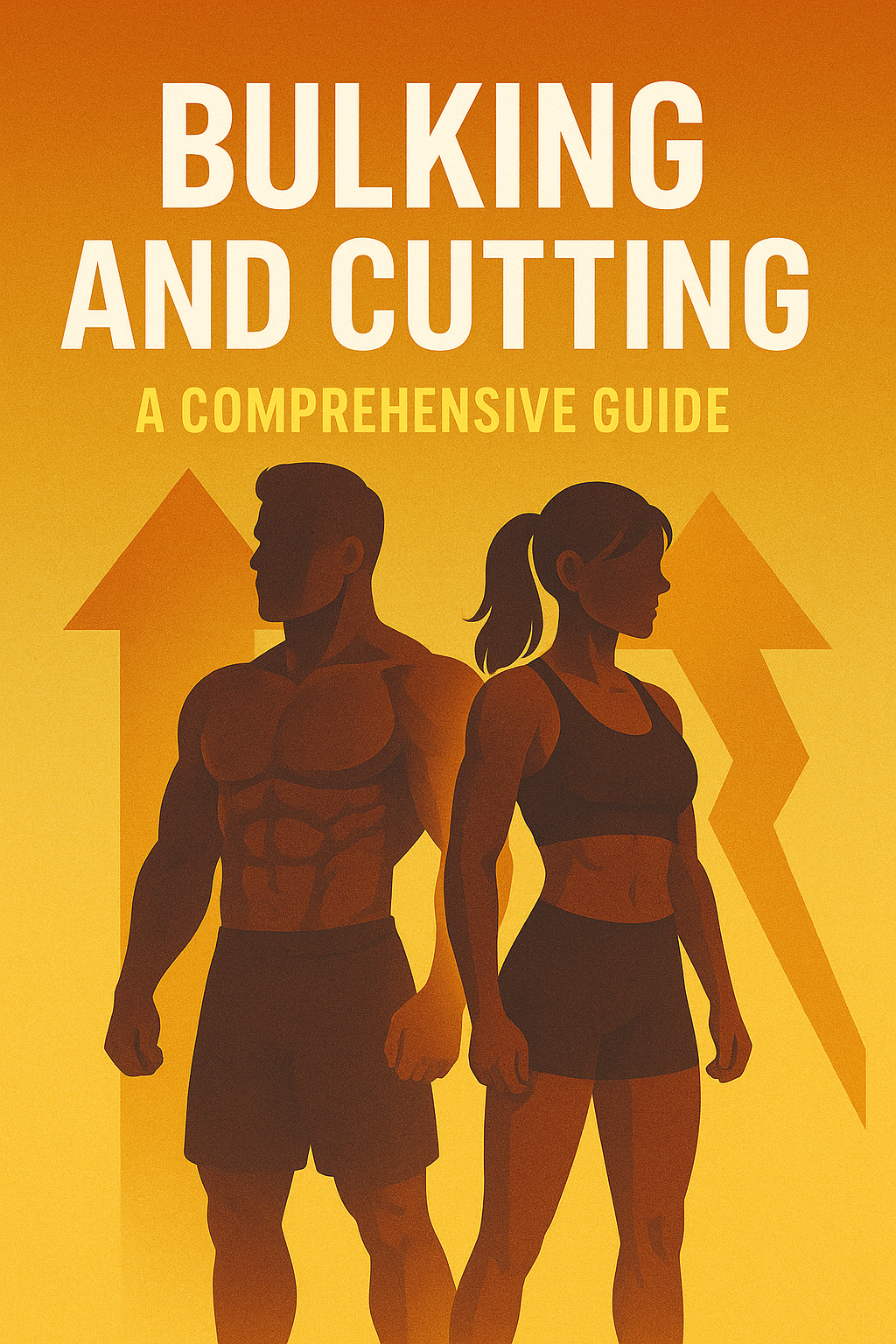Introduction: The Low-Down on Low-Carb Diets
Hey there, folks! If you’re anything like me, you’ve probably heard of low-carb diets and how they can supposedly help you shed those extra pounds. And let’s be real, who doesn’t want to lose weight and feel amazing?
Low-carb diets have been around for ages, and they’ve gained a ton of popularity in recent years. From Atkins to keto, it seems like everyone’s jumping on the low-carb bandwagon. But here’s the thing: while low-carb diets can be super effective for weight loss, they’re not for everyone.
That’s why it’s essential to understand the pros and cons of low-carb diets before deciding if they’re right for you. I mean, think about it: if you’re going to make significant changes to your diet, you want to make sure you’re making an informed decision, right?

In this article, we’ll dive into the world of low-carb diets and explore the good, the bad, and the ugly. We’ll discuss the benefits of low-carb diets, like weight loss and improved blood sugar control, as well as the potential drawbacks, like nutrient deficiencies and negative side effects.
So, if you’re considering trying a low-carb diet, or if you’re just curious about the hype, keep reading! By the end of this article, you’ll have a solid understanding of the pros and cons of low-carb diets and be able to make an informed decision about whether they’re right for you.
Ready to get started? Let’s dive in!
What are Low-Carb Diets?
Okay, so you’re probably wondering: what exactly are low-carb diets? Let’s break it down.
What’s the Deal with Carbs?
Carbohydrates are one of the three main macronutrients that provide energy to our bodies. They come in many forms, including sugars, starches, and fibers. When we eat carbs, our bodies convert them into glucose (blood sugar), which is then used as energy or stored for later use.
How Do Low-Carb Diets Work?
Low-carb diets restrict the intake of carbohydrates, forcing the body to rely on alternative sources of energy. When we drastically reduce our carb intake, our liver begins to convert stored fat into molecules called ketones. These ketones become the new energy source for our brains, hearts, and other organs.
Types of Low-Carb Diets
There are many types of low-carb diets out there, each with its own unique twist. Here are some of the most popular ones:
Keto Diet (Ketogenic Diet): This diet is all about inducing a state of ketosis, where the body burns fat for fuel instead of carbs. The keto diet typically consists of 70-80% fat, 15-20% protein, and only 5-10% carbs.
Atkins Diet: Developed by Dr. Robert Atkins, this diet involves four phases, each with increasingly more carb intake. The goal is to find a balance between weight loss and carb intake.
Paleo Diet: This diet focuses on whole, unprocessed foods that were available to our ancestors during the Paleolithic era. It eliminates grains, dairy, legumes, and added sugars.
Low-Carb High-Fat (LCHF) Diet: This diet is similar to the keto diet but with a more flexible approach to carb intake.
The Role of Carbohydrates in the Body
Carbohydrates play a vital role in our bodies. They provide energy for our brains, muscles, and other organs. However, when we consume too many carbs, they can be stored as glycogen or fat, leading to weight gain and other health issues.
Now that we’ve covered the basics of low-carb diets, let’s move on to the pros and cons. Are you ready?
Pros of Low-Carb Diets: The Good Stuff
Alright, let’s dive into the pros of low-carb diets! If you’re considering giving low-carb a try, you’re probably wondering what benefits you can expect. Well, wonder no more!
Weight Loss: The Ultimate Goal
Low-carb diets are notorious for their rapid weight loss results. And let’s be real, who doesn’t want to shed those extra pounds? By restricting carb intake, your body is forced to burn stored fat for energy, leading to weight loss. It’s like a dream come true!
Improved Blood Sugar Control

Low-carb diets have been shown to improve blood sugar control and even reverse type 2 diabetes in some cases. By reducing carb intake, you’re minimizing the amount of glucose that enters your bloodstream, which can help regulate blood sugar levels.
Increased Energy and Mental Clarity
Many people who follow low-carb diets report increased energy levels and improved mental clarity. This is likely due to the fact that your body is burning fat for fuel instead of carbs, which can provide a more sustained energy source.
Reduced Inflammation
Low-carb diets have been shown to reduce inflammation in the body, which can help alleviate symptoms of chronic diseases such as arthritis and multiple sclerosis.
Improved Heart Health
By reducing carb intake and increasing fat consumption, low-carb diets can help improve heart health by increasing HDL (good) cholesterol and reducing triglycerides.
The Keto Flu: A Small Price to Pay?
Some people may experience a phenomenon known as the “keto flu” when transitioning to a low-carb diet. This can include symptoms such as headaches, fatigue, and nausea. However, these symptoms are usually temporary and can be alleviated with proper hydration and electrolyte intake.
The Bottom Line
Low-carb diets offer a range of benefits, from rapid weight loss to improved blood sugar control and increased energy. However, it’s essential to remember that everyone’s body is different, and what works for one person may not work for another.
Now that we’ve covered the pros, it’s time to explore the cons. Are you ready to hear about the potential downsides of low-carb diets?
Cons of Low-Carb Diets for Weight Loss: The Not-So-Good Stuff
Okay, let’s get real for a second. While low-carb diets can be super effective for weight loss, they’re not all sunshine and rainbows. There are some potential downsides to consider, and we’re about to dive into them.
Restrictive and Difficult to Follow Long-Term
Let’s face it: low-carb diets can be tough to stick to, especially in the long term. I mean, who doesn’t love a good slice of pizza or a juicy burger? By restricting carb intake, you may feel like you’re missing out on some of your favorite foods. And let’s be real, it can be hard to resist the temptation of carbs when they’re everywhere!
Potential for Nutrient Deficiencies
Low-carb diets can be low in certain nutrients, like fiber, vitamins, and minerals. This is because many carb-rich foods, like whole grains, fruits, and veggies, are also rich in these nutrients. If you’re not careful, you may end up deficient in some of these essential nutrients.
Negative Impact on Gut Health and Microbiome
Low-carb diets can have a negative impact on gut health and the microbiome. This is because many carb-rich foods, like fiber-rich fruits and veggies, help feed the good bacteria in your gut. Without these carbs, the good bacteria may not get the nutrients they need to thrive.
Potential for Negative Side Effects
Some people may experience negative side effects when following a low-carb diet. These can include:
- Fatigue: Low-carb diets can leave you feeling tired and sluggish, especially in the first few weeks.
- Headaches: The sudden drop in carb intake can cause headaches in some people.
- Constipation: Low-carb diets can be low in fiber, which can lead to constipation.
- Bad breath: The production of acetone, a byproduct of fat metabolism, can cause bad breath.
The Bottom Line
While low-carb diets can be effective for weight loss, they’re not without their drawbacks. It’s essential to carefully consider the potential cons before starting a low-carb diet. If you do decide to go low-carb, make sure to:
- Consult with a healthcare professional or registered dietitian to ensure you’re getting all the necessary nutrients.
- Focus on whole, nutrient-dense foods, like veggies, lean proteins, and healthy fats.
- Be mindful of your body’s needs and adjust your diet accordingly.
Now that we’ve covered the pros and cons, it’s time to talk about who should avoid low-carb diets altogether. Are you ready to find out?

Who Should Avoid Low-Carb Diets? The Red Flags
Okay, folks, it’s time to get serious. While low-carb diets can be a game-changer for some, they’re not suitable for everyone. In fact, for some individuals, a low-carb diet can be downright dangerous. So, if you fall into one of the following categories, listen up!
The Diabetes Dilemma
If you have diabetes, a low-carb diet may not be the best choice for you. While it’s true that low-carb diets can help regulate blood sugar levels, they can also increase the risk of hypoglycemia (low blood sugar). And if you’re taking medication to manage your diabetes, a low-carb diet can interact with those meds in unpredictable ways. So, if you’re diabetic, it’s essential to consult with your healthcare provider before making any drastic changes to your diet.
Kidney Disease: A Low-Carb No-No
If you have kidney disease, a low-carb diet is a definite no-no. Here’s why: when you’re on a low-carb diet, your kidneys have to work overtime to process the increased amounts of protein and fat. And if your kidneys are already compromised, that can be a recipe for disaster. So, if you have kidney disease, it’s crucial to stick with a balanced diet that’s gentle on your kidneys.
Pregnant or Breastfeeding? Proceed with Caution
If you’re pregnant or breastfeeding, a low-carb diet may not be the best choice for you or your baby. Here’s why: when you’re on a low-carb diet, you may not be getting enough of the essential nutrients your body needs to support a healthy pregnancy or breastfeeding. And if you’re not careful, you may end up with nutrient deficiencies that can harm you or your baby. So, if you’re pregnant or breastfeeding, it’s essential to consult with your healthcare provider before making any drastic changes to your diet.
Vegetarians and Vegans: Be Aware of Protein and Nutrient Deficiencies
If you’re a vegetarian or vegan, a low-carb diet can be a bit of a challenge. Here’s why: many plant-based protein sources, like beans and lentils, are also high in carbs. And if you’re not careful, you may end up with protein and nutrient deficiencies that can harm your overall health. So, if you’re a vegetarian or vegan, it’s essential to consult with a registered dietitian or healthcare provider to ensure you’re getting all the necessary nutrients.
Eating Disorders: A Low-Carb Diet Can Be a Slippery Slope
Finally, if you have a history of eating disorders, a low-carb diet can be a slippery slope. Here’s why: restrictive dieting can trigger disordered eating behaviors, like obsessive calorie counting and restrictive eating patterns. And if you’re not careful, you may end up in a cycle of disordered eating that’s hard to break. So, if you have a history of eating disorders, it’s essential to consult with a registered dietitian or healthcare provider to ensure you’re approaching dieting in a healthy and balanced way.
The Bottom Line
If you fall into one of these categories, it’s essential to approach low-carb diets with caution. Remember, your health and well-being are worth more than any diet or weight loss goal. So, always consult with a healthcare provider or registered dietitian before making any drastic changes to your diet.
Tips for Success on a Low-Carb Diet: The Secret Sauce
Okay, folks! If you’ve decided to take the low-carb plunge, congratulations! You’re on your way to a healthier, happier you. But, let’s get real – low-carb diets can be tough, especially in the beginning. That’s why we’ve got some top tips to help you succeed and make the most of your low-carb journey.
Tip #1: Gradual Reduction in Carbohydrate Intake – Don’t Shock Your System!
When you’re starting a low-carb diet, it’s tempting to go cold turkey and cut out all carbs at once. But, trust us, that’s a recipe for disaster! Your body needs time to adjust to the new way of eating, so take it slow. Gradually reduce your carb intake over a period of days or weeks to give your body time to adapt.
Tip #2: Focus on Whole, Nutrient-Dense Foods – Ditch the Processed Stuff!
Low-carb diets can be a bit restrictive, but that doesn’t mean you have to sacrifice flavor and nutrition. Focus on whole, nutrient-dense foods like veggies, lean proteins, and healthy fats. These foods will not only keep you full and satisfied but also provide you with the essential nutrients your body needs to thrive.
Tip #3: Adequate Hydration and Electrolyte Intake – Don’t Get Caught Out!
When you’re on a low-carb diet, it’s easy to get dehydrated and lose essential electrolytes like sodium, potassium, and magnesium. So, make sure you’re drinking plenty of water and incorporating electrolyte-rich foods like avocados, nuts, and seeds into your diet.
Tip #4: Regular Physical Activity and Exercise – Get Moving!
Exercise is essential for overall health and well-being, and it’s especially important when you’re on a low-carb diet. Regular physical activity will help you burn fat, build muscle, and increase your energy levels. So, find an exercise routine that you love, whether it’s walking, running, swimming, or yoga, and stick to it!
The Bottom Line
Low-carb diets can be challenging, but with the right mindset and strategies, you can succeed and achieve your health and weight loss goals. Remember to take it slow, focus on whole foods, stay hydrated, and get moving! With these tips, you’ll be well on your way to a healthier, happier you.
Conclusion: The Low-Down on Low-Carb Diets
And there you have it, folks! We’ve explored the pros and cons of low-carb diets for weight loss, and now it’s time to wrap things up.
Summary: The Good, the Bad, and the Ugly
Low-carb diets can be a highly effective way to lose weight and improve overall health, but they’re not without their drawbacks. On the plus side, low-carb diets can help you shed pounds quickly, improve your blood sugar control, and boost your energy levels. On the downside, they can be restrictive, difficult to follow, and potentially lead to nutrient deficiencies.
Final Thoughts: It’s All About You
Here’s the thing: every person is unique, with their own set of needs, circumstances, and health goals. What works for one person may not work for another. That’s why it’s essential to consider your individual needs and circumstances before starting a low-carb diet.
The Importance of Professional Guidance
If you’re thinking about trying a low-carb diet, don’t go it alone! Consult with a healthcare professional or registered dietitian who can help you determine if a low-carb diet is right for you. They can also provide personalized guidance and support to help you succeed.
The Bottom Line
Low-carb diets can be a powerful tool for weight loss and improved health, but they’re not a one-size-fits-all solution. By considering your individual needs and circumstances, and seeking professional guidance, you can make an informed decision about whether a low-carb diet is right for you.
So, What’s Next?
If you’re ready to take the next step and explore the world of low-carb diets, remember to approach it with caution, patience, and a commitment to your overall health and well-being. Happy journeying, and don’t forget to stay tuned for more health and wellness tips!
Frequently Asked Questions (FAQs) On Low-Carb Diet
Q: What is a low-carb diet?
A: A low-carb diet is an eating plan that restricts the intake of carbohydrates, such as sugar, bread, and pasta, in favor of protein-rich foods and healthy fats.
Q: How do low-carb diets promote weight loss?
A: Low-carb diets promote weight loss by reducing insulin levels, increasing fat burning, and decreasing hunger.
Q: What are the benefits of a low-carb diet for weight loss?
A: Benefits of a low-carb diet for weight loss include rapid weight loss, improved blood sugar control, and increased energy.
Q: What are the potential drawbacks of a low-carb diet for weight loss?
A: Potential drawbacks of a low-carb diet for weight loss include nutrient deficiencies, fatigue, and difficulty maintaining long-term.
Q: Who may benefit from a low-carb diet for weight loss?
A: Those who may benefit from a low-carb diet for weight loss include individuals with type 2 diabetes, insulin resistance, or those who have struggled with weight loss on other diets.
Q: Who may not be suitable for a low-carb diet for weight loss?
A: Those who may not be suitable for a low-carb diet for weight loss include pregnant or breastfeeding women, individuals with certain medical conditions (e.g., kidney disease), and those who are malnourished or underweight.
Q: How can I ensure I get enough fiber on a low-carb diet?
A: To ensure adequate fiber intake on a low-carb diet, focus on whole, unprocessed foods like vegetables, nuts, and seeds.
Q: Can I follow a low-carb diet long-term?
A: While some people can follow a low-carb diet long-term, it may not be suitable or sustainable for everyone. It’s essential to consult with a healthcare professional or registered dietitian to determine the best approach for your individual needs.

